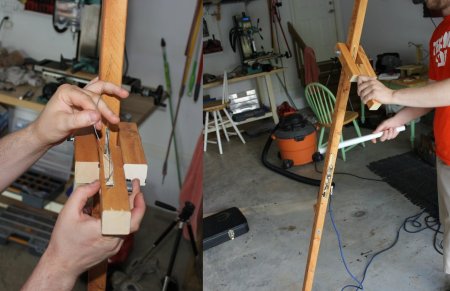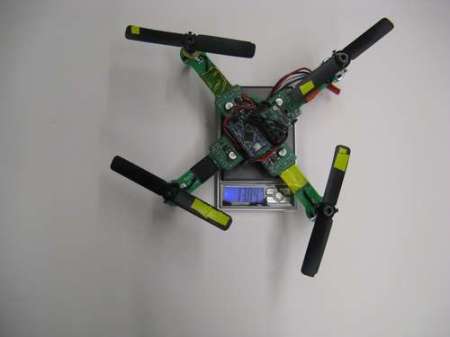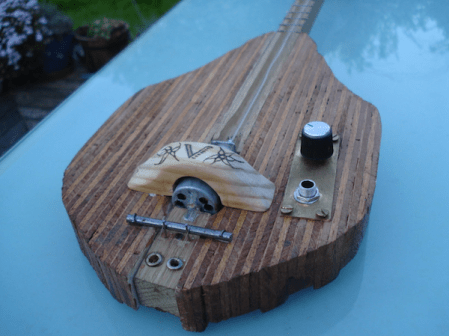
As a final project in their 3rd year of the University of Technology Sydney, [James] and a few classmates put together this interesting game. Called BrainTap, it is described as a game targeted at the baby boomers focusing on fine motor skills and memory.
The game plays similar to the common game “simon”. The box lights up a series of LEDs in a pattern, then you have to repeat the pattern back with the corresponding buttons in the glove. There is vibration feedback in the glove as well as the lights and sounds you see in the video. Though they do mention arthritis in their title, we don’t think our grandmas with arthritis would enjoy those hand motions much. We, however, might spend hours doing this instead of more important things.
We particularly like the visual construction of the game box. The case was designed in CAD, 3d printed, then sanded smooth and painted with automotive paint to get that perfect finish. Great job guys.















